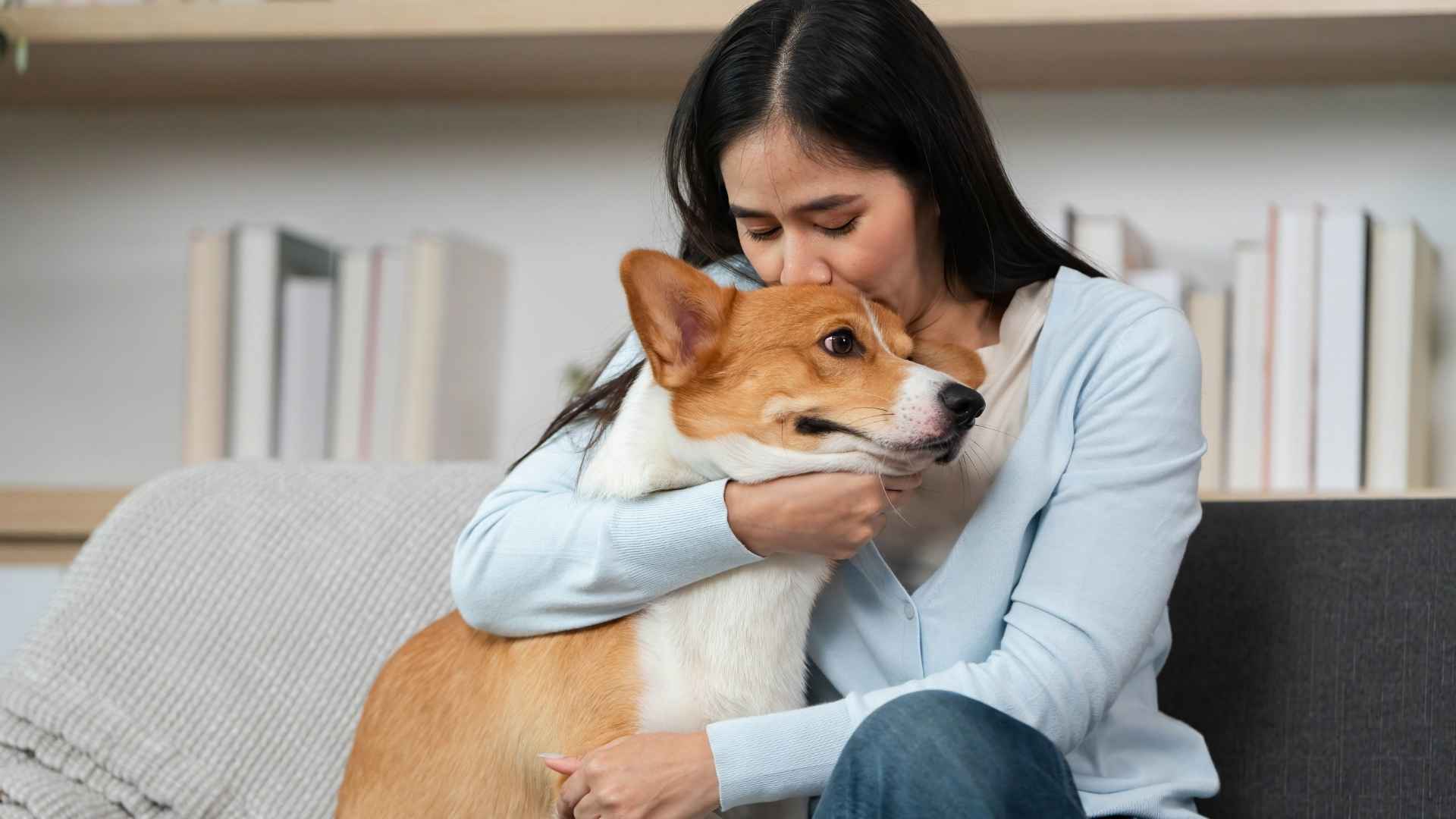Some dogs seem to know your heart better than you do. Without a word spoken, they appear at your side, pressing close or wrapping a paw around you. This is not a chance. It is the result of deep emotional awareness shaped by thousands of years of living alongside humans.
Certain breeds have an almost instinctive ability to read their owners’ emotional states. When sadness settles in, they respond with a comforting touch, often a gentle hug that communicates safety and presence.
These dogs do more than share space; they share in the emotional weight, offering comfort in the most natural way they know. While all dogs bring companionship, a few breeds stand out for their ability to notice sadness and respond with quiet, reassuring contact.
In this article, we highlight the dogs most likely to meet your low moments with an embrace that speaks directly to the heart.
Dog Breeds That Sense Owners’ Sadness and Hug Them
1. Cavalier King Charles Spaniel
This breed is known for its remarkable ability to sense emotional shifts in the people it bonds with. Their wide, expressive eyes often remain fixed on their owner when they detect distress. They adjust their body language instantly, becoming calmer and more still.
Comfort Through Physical Closeness
Cavaliers tend to respond to sadness by moving in close, often placing their paws on a lap or leaning their head on a shoulder. These gentle gestures offer strong emotional support in difficult moments. Their soft, steady breathing can have a calming effect.
Reading Subtle Human Cues
They are attentive to changes in voice tone, facial expressions, and posture. This allows them to approach at the right moment, without overwhelming the person. The breed’s patient demeanor makes them particularly effective at providing comfort.
Natural Hugging Behavior
Many Cavaliers wrap their front legs around an arm or neck when held, a behavior often interpreted as a hug. This action strengthens emotional bonds and provides reassurance. Their relaxed muscles during these moments help the person feel safe and cared for.
2. Australian Shepherd
Australian Shepherds have a strong instinct for watching and interpreting subtle human movements. Their attention to eye contact and posture changes often reveal when their owner feels low. This constant monitoring forms the foundation of the dog’s ability to respond at the right time.
Energy Adjusted to Mood
Highly active by nature, this breed has an adaptable side that slows its pace when sensing sadness. Instead of pushing for play, they often settle nearby in a still position. This quiet companionship is a form of nonverbal comfort that many owners notice.
Reading Emotional Energy
Among certain dog breeds, Australian Shepherds stand out for their incredible emotional intelligence. They connect sudden changes in tone or breathing with shifts in mood. This recognition often leads them to close physical contact, like leaning or resting a paw.
Affection Through Gentle Contact
When an Australian Shepherd approaches to comfort, it often presses its body against the person’s side or wraps its head into their arms. This closeness provides warmth and emotional support without overwhelming the owner. These moments strengthen trust and reassurance.
3. Labrador Retriever
Labrador Retrievers have long been valued for their adaptability in reading and responding to human moods. Their skill in sensing human emotions is one reason they are trusted in therapy and emotional assistance roles. This attentiveness makes them reliable companions during periods of sadness.
Calm Physical Comfort
These dogs are known to approach quietly and rest their head or body against a person in distress. Their affectionate nature encourages physical closeness, which can help regulate stress levels. This calm presence is a defining trait for emotional connection.
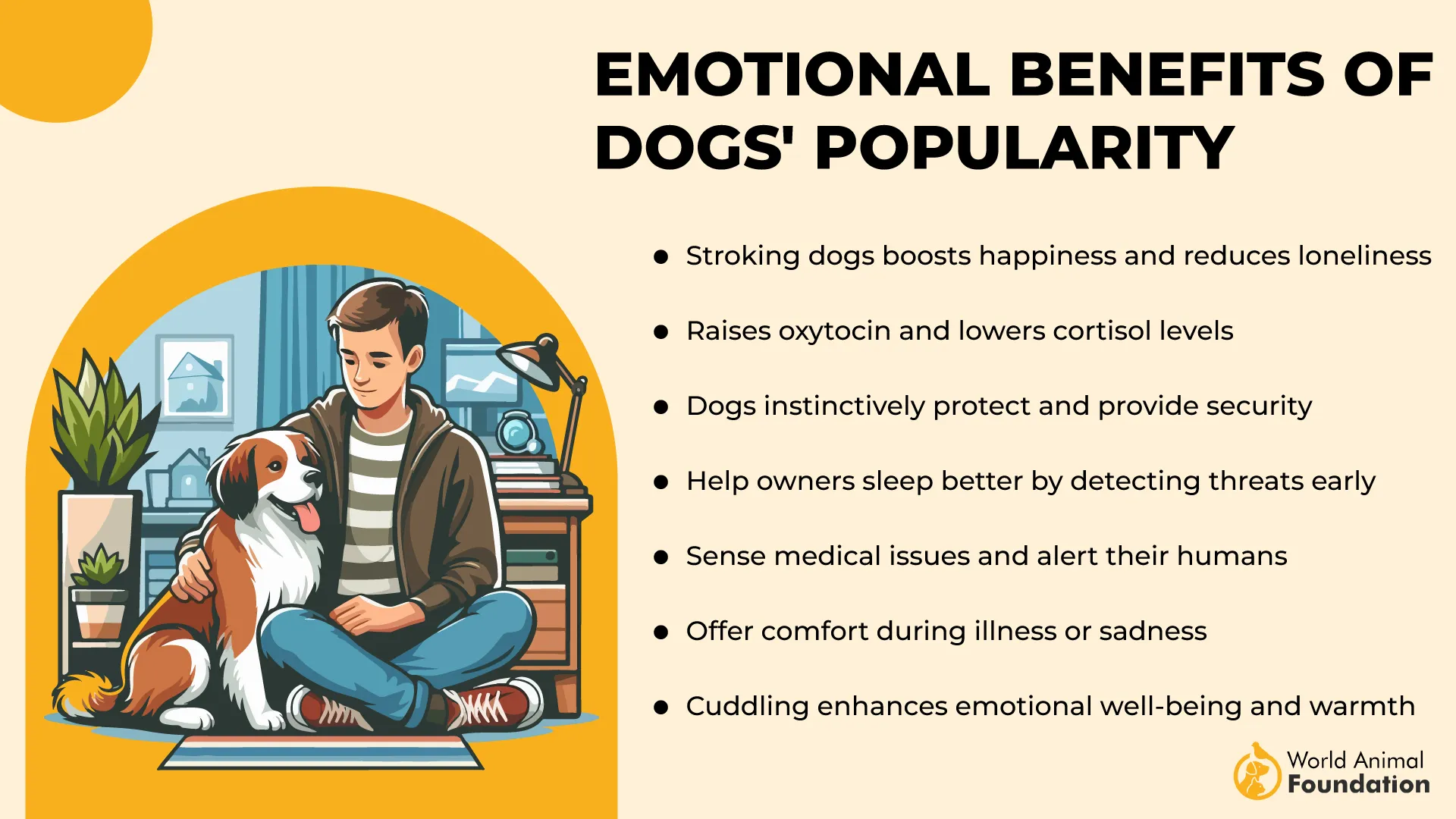
Reliable in Assistance Roles
As one of the most common breeds used as service dogs, Labradors are trained to detect emotional changes alongside performing practical tasks, as per the AKC. This combination of ability and temperament allows them to respond quickly when support is needed most.
High Emotional Sensitivity
Labradors often adjust their behavior to match their owner’s energy level, showing patience during quiet moments. This emotional sensitivity helps them decide whether to engage with gentle play or remain still, offering comfort without overwhelming the person.
4. Poodle
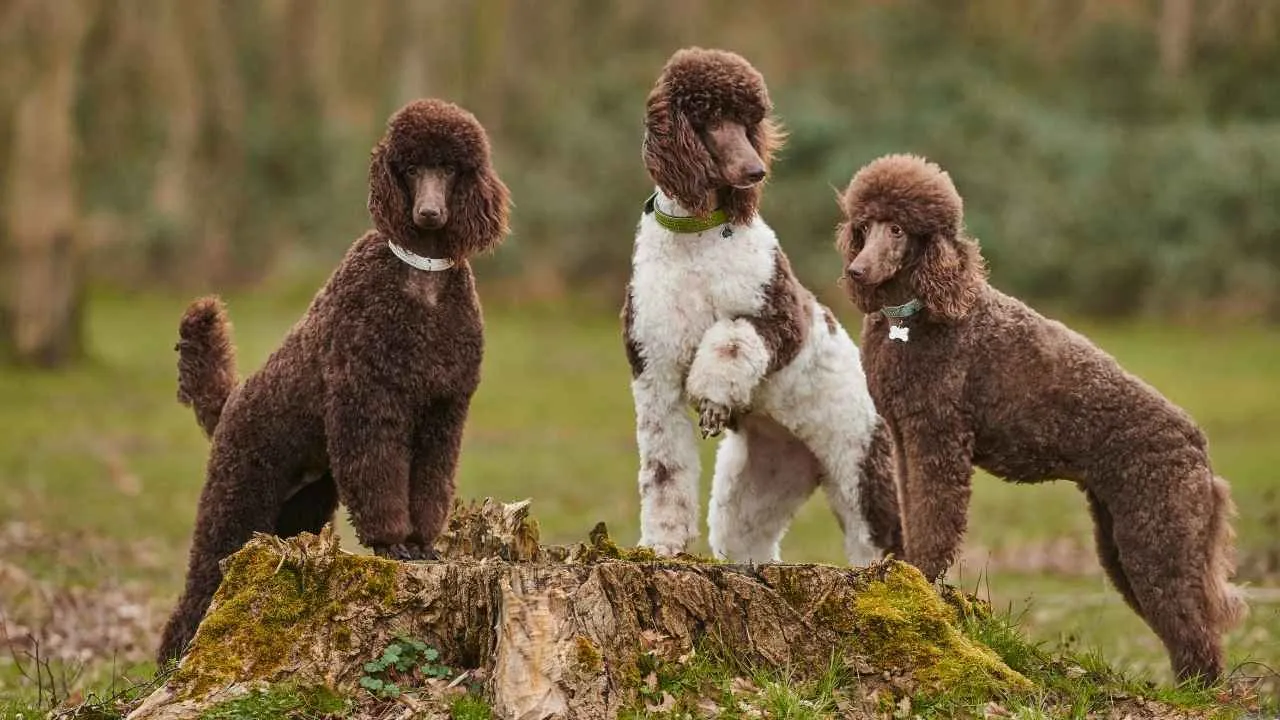
Did You Know: Historically, Poodles were skilled water retrievers, and their distinctive grooming style originated to protect vital joints and organs while swimming.
Poodles carry a balanced energy that lets them shift from playful activity to calm companionship with ease. This flexibility helps them blend into their owner’s mood, making it easier to offer comfort when sadness sets in. Their ability to read the room starts the moment they enter a space.
Close and Calming Interactions
When they detect sadness, Poodles tend to rest their head on a lap or lean gently against their owner’s side. This steady, comforting presence can lower anxiety levels and encourage relaxation. Their calm gaze and steady posture are part of their natural support style.
Social Understanding Beyond Humans
Poodles read social cues not only from people but also from other dogs in the household. This broader emotional awareness helps them navigate group environments smoothly. It also makes them more adaptable when multiple relationships need their attention.
Success in Support Roles
Their intelligence and patience make Poodles a common choice in therapy settings for both children and adults. They respond well to structured emotional-support tasks, combining attentiveness with an affectionate nature. These qualities keep them reliable in situations requiring consistent care.
5. Golden Retriever

Golden Retrievers are highly attuned to subtle changes in body language, tone, and routine. They have been observed approaching quietly when a person is still or withdrawn. This attentiveness allows them to respond early to signs of emotional distress.
Gentle Comfort Providers
Their calm demeanor and steady movements help avoid overwhelming someone during sensitive moments. They often rest their head on a lap or place a paw gently to encourage contact. These small, consistent gestures are part of why they are considered one of the best dog breeds for comfort.

Physical Affection Habits
Many Golden Retrievers initiate close body contact when they sense sadness. They may lean their body weight against a person or wrap a front leg in a way that resembles a hug. Such physical presence builds a strong bond between dog and owner over time.
Reliability as Companions
Their patient temperament and desire for closeness make them excellent companions for individuals needing steady support. Goldens adapt easily to household moods, shifting from playful engagement to quiet reassurance as needed. Their loyalty ensures they remain near in challenging times.
6. Border Collie
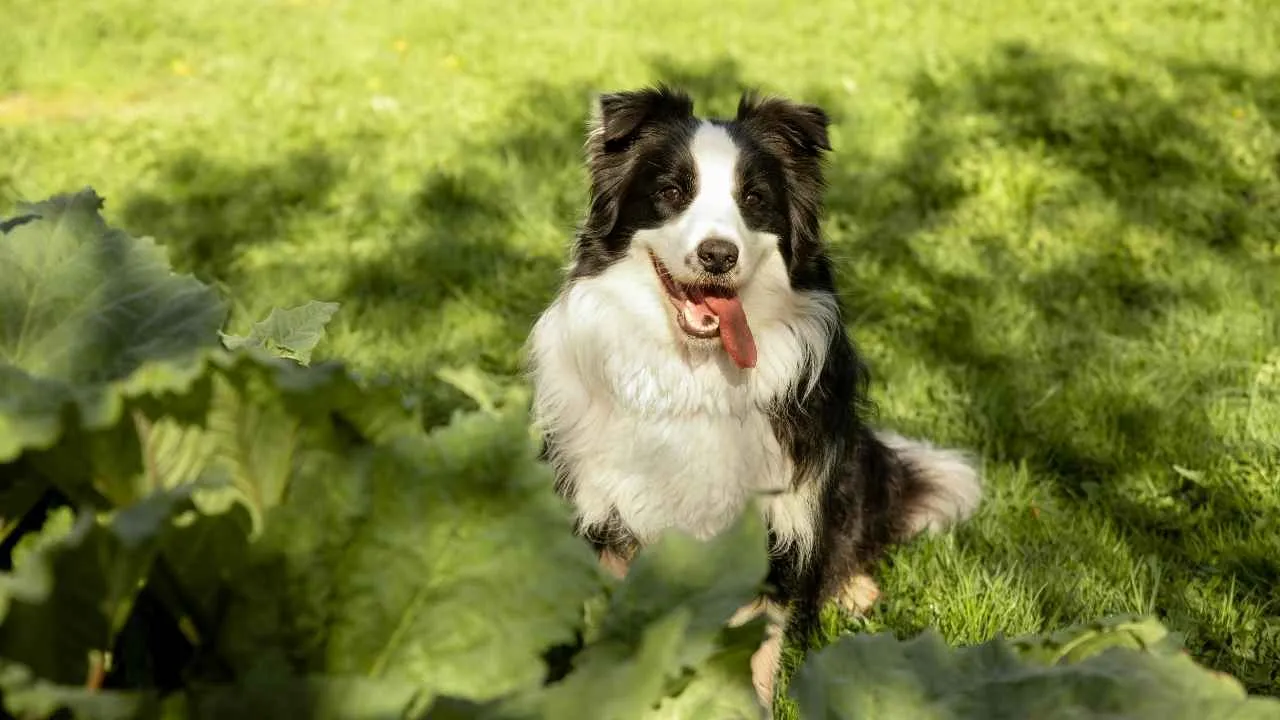
Built for intense herding work, Border Collies carry a natural drive to stay alert and engaged with their surroundings. This constant awareness often extends to the emotional state of their owners. Even during rest, their watchful eyes can quickly detect when something feels off.
Comfort Through Interaction
When sensing sadness, a Border Collie may nudge with its nose, rest its head gently, or bring a favorite toy to encourage engagement. This active form of comfort can help shift focus from distress. They excel at reading cues to know when to be quiet and when to initiate gentle activity.
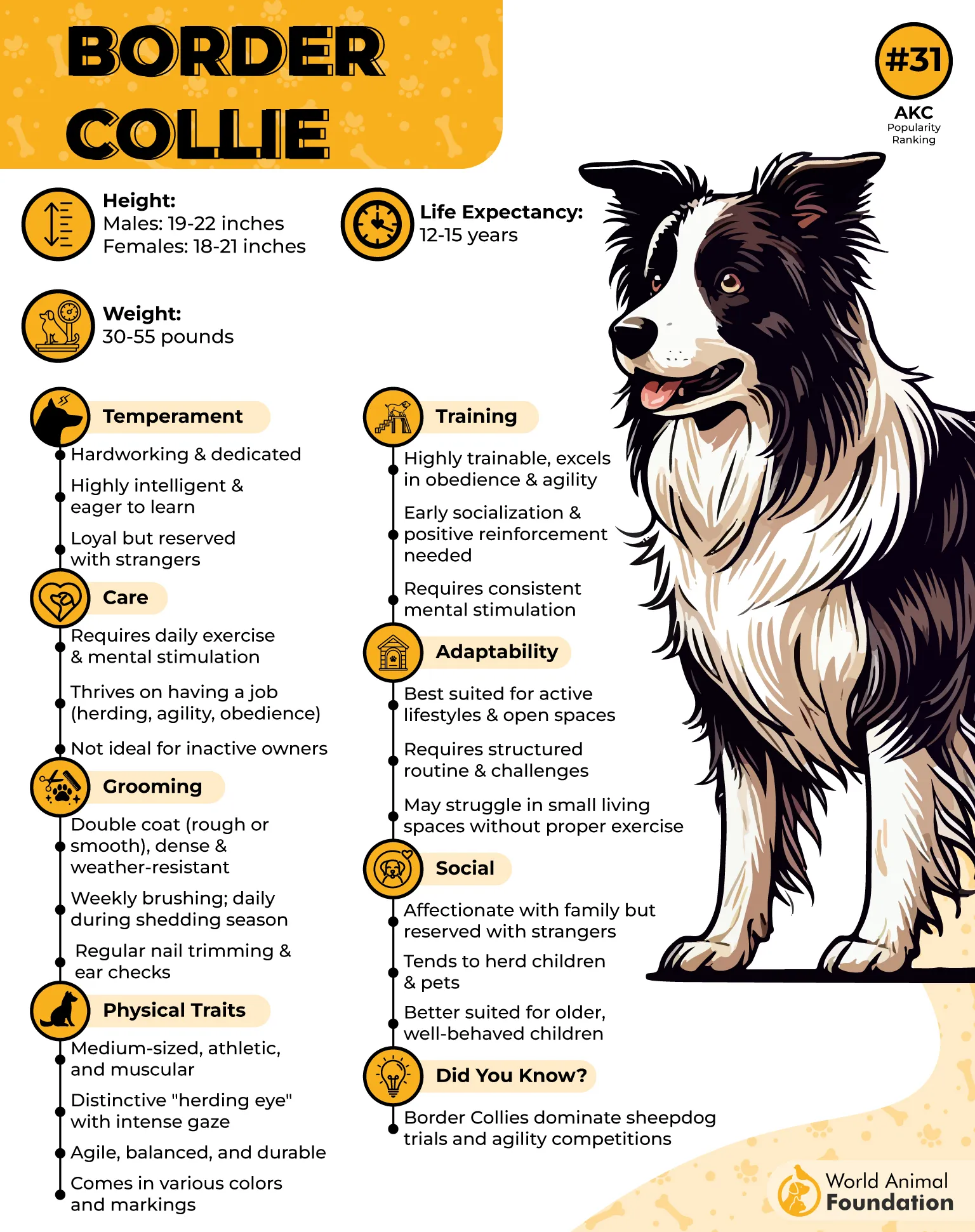
Strong Bond with Their Humans
The breed is known for forming deep attachments, often shadowing their owner through the day. This close connection fosters an intuitive ability to detect emotional lows. They tend to adjust their pace and activity level to match the person’s state of mind.
Natural Inclination to Stay Close
Border Collies often position themselves beside or partially in front of their owner when they sense something is wrong. This quiet guarding stance offers a subtle form of reassurance. Their consistent presence creates a feeling of emotional safety.
7. German Shepherd
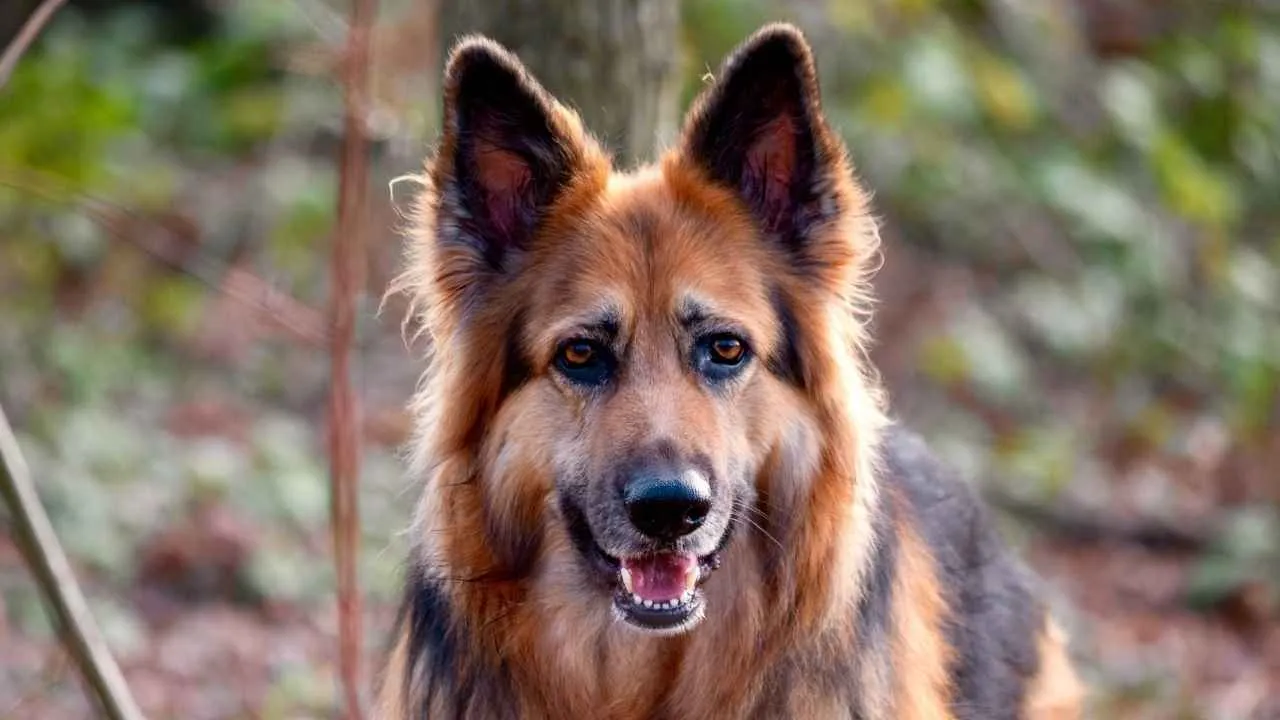
Loyalty is a defining trait of the German Shepherd, and it drives their instinct to stay close during emotional lows. This commitment makes them especially alert to any changes in mood, allowing them to react with comforting behaviors when their owner needs support.
Physical Comfort Offering
When they detect sadness, this breed frequently positions itself close enough to touch, leaning into their person or resting its head on the knee. This steady, grounding contact can help regulate stress levels, creating a sense of reassurance.

Protective Calming Presence
Their natural guarding instinct extends beyond physical safety to emotional well-being. A German Shepherd often places itself between its owner and surrounding activity during vulnerable moments, creating a quieter personal space.
Adaptability to Human Needs
These dogs are highly trainable, allowing them to respond to unique comfort cues their owners prefer. Whether sitting still during a low mood or initiating gentle contact, their ability to adjust makes them effective at providing emotional stability.
Conclusion
Some dogs carry a gift that cannot be taught. They seem to sense emotional distress before a word is spoken, moving closer with a steady presence that eases the weight of the moment.
Their ability to read human facial expressions and subtle changes in movement makes their comfort feel deliberate, almost like a sixth sense at work. Guided by an intuitive nature, they close the distance with quiet confidence, offering touch and warmth without demand.
Whether highly intelligent or simply deeply connected, these dogs remain constant, ready to stand beside you until the clouds pass.


